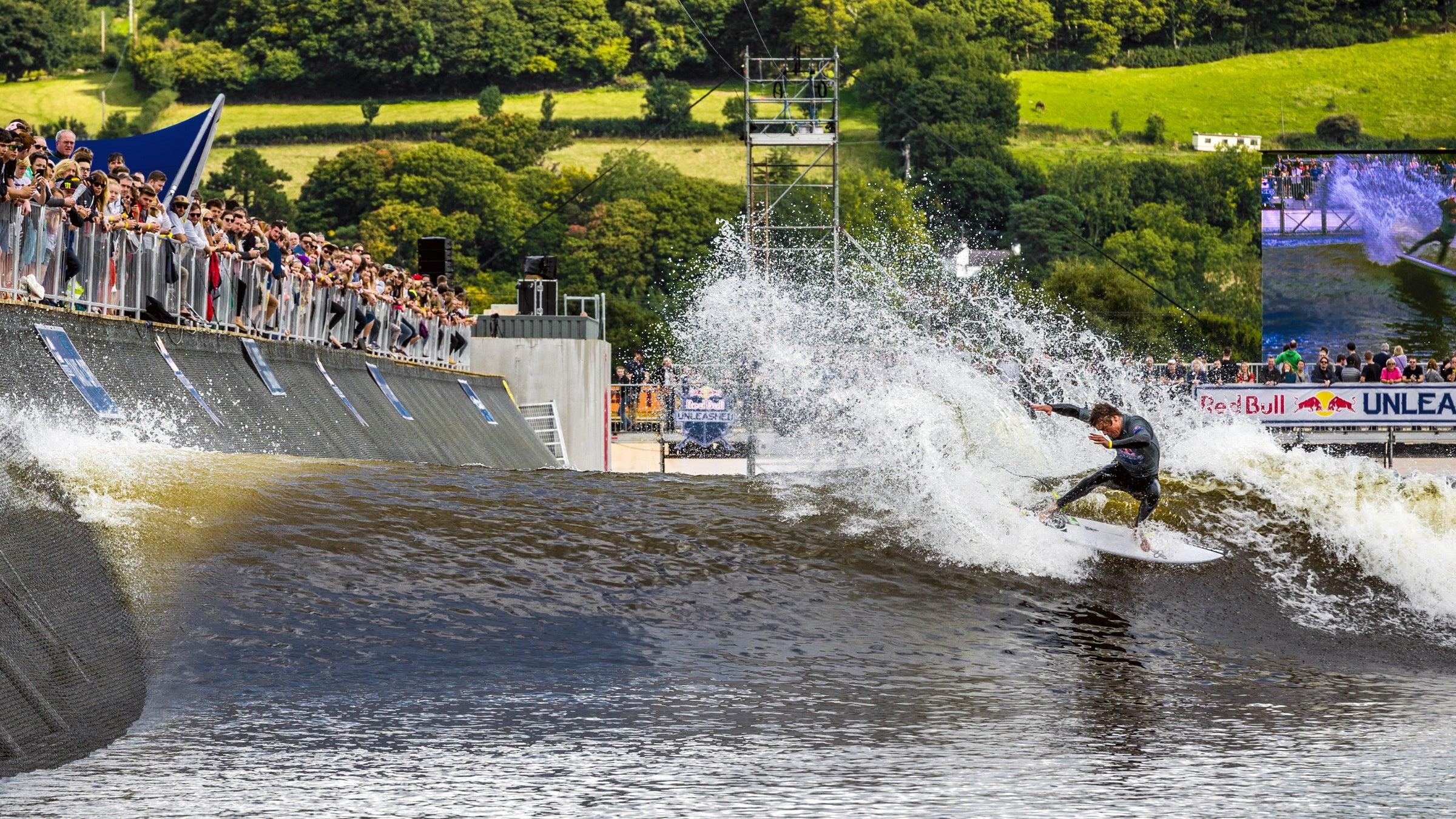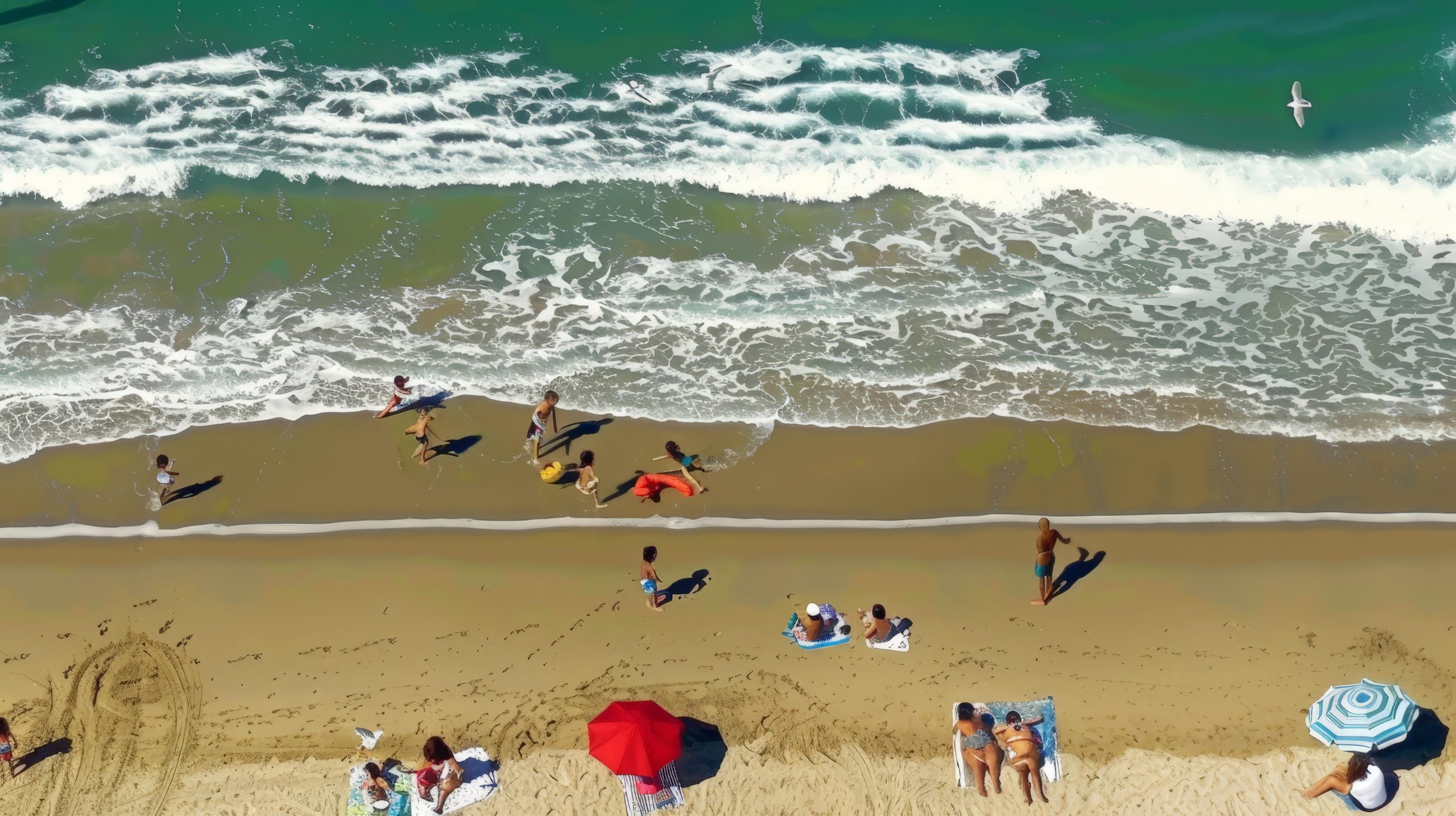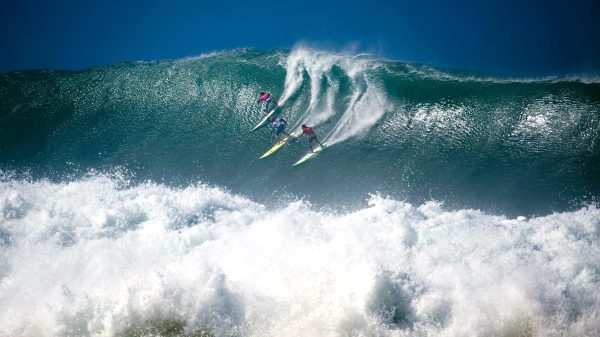In recent years, the exhilarating world of surfing has witnessed a transformative wave of innovation with the introduction of artificial wave technology. This advancement has not only broadened the horizons for surfers worldwide but has also sparked a lively debate within the community. As surfing competitions increasingly incorporate artificial waves, enthusiasts and experts alike are eager to explore the implications of this shift. This article delves into the burgeoning discussion surrounding the use of artificial waves in surfing competitions, highlighting the potential benefits and addressing the concerns that accompany this modern development. With an optimistic outlook, we aim to understand how this technological evolution could redefine the future of surfing, ensuring a more inclusive and consistent platform for showcasing talent while preserving the sport’s cherished traditions.
Evaluating the Impact of Artificial Waves on Surfing Tradition
In recent years, the integration of artificial wave technology into surfing competitions has sparked vibrant discussions among enthusiasts and professionals alike. While some purists argue that it disrupts the traditional essence of surfing, others view it as a transformative opportunity to broaden the sport’s appeal and accessibility. The key to understanding this impact lies in evaluating both the benefits and the concerns associated with artificial waves.
- Consistency: Artificial waves provide a controlled environment, ensuring that all competitors face the same wave conditions, which can enhance fairness in judging.
- Accessibility: These waves can be generated in locations far from the ocean, making surfing more accessible to inland communities and potentially fostering a new generation of surfers.
- Innovation: With technology at the helm, there’s room for creative and innovative competition formats that could invigorate the sport.
On the other hand, concerns remain about the potential loss of the sport’s deep connection with nature and the unpredictable challenges that ocean waves present. Nonetheless, by embracing the possibilities of artificial waves, the surfing community has a unique opportunity to blend tradition with innovation, ensuring the sport’s growth and sustainability in a rapidly changing world.

Exploring the Benefits of Artificial Waves for Competition Consistency
Artificial waves offer a unique opportunity to enhance the fairness and consistency of surfing competitions. Unlike natural waves, which can vary significantly in size and quality due to unpredictable weather conditions, artificial waves are engineered to deliver a uniform experience. This ensures that all competitors face the same challenges, allowing their skills to be the primary factor in determining the outcome. The ability to control wave conditions can lead to more reliable scheduling of events, reducing the likelihood of delays and cancellations that often plague competitions relying solely on nature.
Key benefits of using artificial waves include:
- Consistency: Ensures each competitor rides identical waves, providing a level playing field.
- Predictability: Facilitates better event planning and reduces weather-related disruptions.
- Accessibility: Opens up new locations for competitions, even in areas without natural surf breaks.
- Innovation: Encourages the development of new surfing techniques and strategies.

Addressing Concerns: Environmental and Cultural Considerations
The integration of artificial waves into surfing competitions brings with it a mix of environmental and cultural considerations that merit thoughtful examination. On the environmental front, artificial wave pools are engineered to minimize their ecological footprint. These facilities often incorporate water recycling systems and use renewable energy sources to reduce carbon emissions. However, it’s essential to ensure that these systems do not disrupt local ecosystems or water tables. By leveraging sustainable practices, artificial wave venues can offer a more controlled and eco-friendly alternative to traditional ocean-based competitions, which can sometimes contribute to coastal erosion and marine disturbance.
Culturally, the use of artificial waves in surfing represents both a challenge and an opportunity. Surfing has deep roots in oceanic traditions, and some purists may view artificial waves as a departure from the sport’s natural essence. Yet, these innovative wave pools democratize access to surfing, allowing enthusiasts from inland regions to participate and compete. This inclusivity can foster a more diverse community and broaden the sport’s appeal. Key cultural considerations include:
- Preserving Tradition: Ensuring that the essence and spirit of surfing are maintained even within artificial settings.
- Enhancing Accessibility: Creating opportunities for broader participation by bringing surfing to new locales.
- Embracing Innovation: Balancing the sport’s rich heritage with modern advancements that can propel it forward.
By addressing these concerns thoughtfully, the surfing community can embrace a future where artificial waves complement the natural environment, enriching the sport and its cultural legacy.

Recommendations for Integrating Artificial Waves into Surfing Events
Integrating artificial waves into surfing events offers exciting possibilities, but it requires careful planning to ensure the experience is both authentic and exhilarating. Here are some key recommendations for a successful integration:
- Choose the Right Technology: Select wave-generating technology that closely mimics natural ocean conditions, providing consistency and variety in wave patterns.
- Engage with Surfers: Involve professional surfers in the testing phases to gather insights on wave quality and competition formats, ensuring the waves meet their performance needs.
- Maintain Environmental Responsibility: Implement eco-friendly practices in the construction and operation of artificial wave facilities to minimize environmental impact.
- Enhance Spectator Experience: Design viewing areas that offer clear sightlines and engage the audience with additional features like live commentary and interactive displays.
By focusing on these areas, surfing competitions can leverage artificial waves to create a more controlled and thrilling environment, ultimately enhancing the sport’s appeal to both participants and spectators.
To Wrap It Up
the use of artificial waves in surfing competitions represents a fascinating intersection of technology and tradition. While the debate around their integration continues, it’s essential to approach the conversation with an open mind and a forward-thinking attitude. Artificial wave technology offers unparalleled consistency and accessibility, allowing surfers from diverse backgrounds to hone their skills and compete on a level playing field. As the sport evolves, embracing innovation while respecting the roots of surfing can lead to a more inclusive and exciting future. By finding a balance between natural and artificial elements, the surfing community has the opportunity to enhance the sport’s appeal and reach new heights. Let us look ahead with optimism, ready to ride the waves of change and celebrate the dynamic spirit of surfing.










